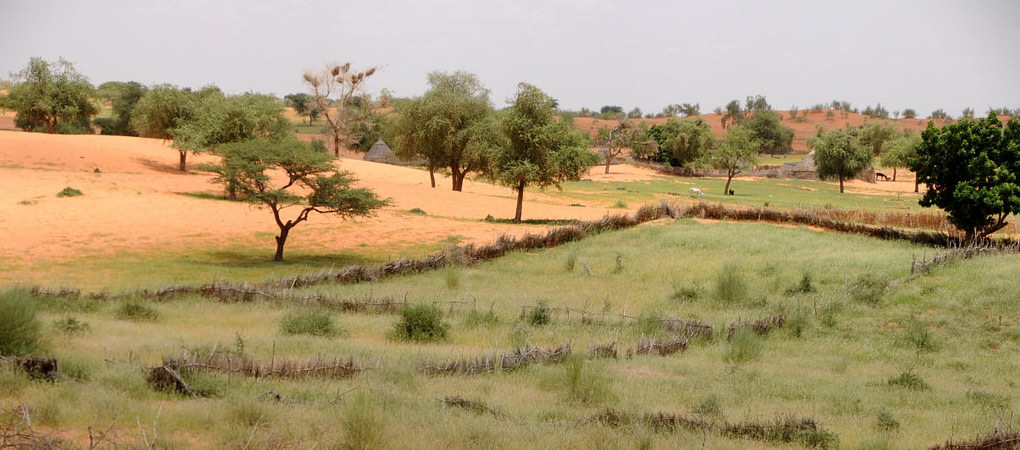
- National
- National Governments
- Government of Chad
- United Nations Development Programme (UNDP)
- Global Environment Facility (GEF)
Expected outcomes
This project contributed to the development of a National Adaptation Plan process for Chad. The project’s objective was to strengthen the capacity of Ministries of Planning, Finance and Environment in Chad to integrate medium and long-term climate change risks into existing planning and budgeting processes. Global Environment Facility Least Developed Countries Fund resources were used by the Government of Chad to mainstream adaptation into national development policies. Two key outcomes were proposed: one, establishing a climate and socio-economic information database to guide climate-resilient policy and decision-making, and two, to the integration of climate change concerns into national development policies, including budgeting, for key sectors classified as vulnerable to climate change.
Studies and projections of climate change scenarios suggest that the Republic of Chad were likely to experience moderate to significant changes in temperature and precipitation. Under a moderate warming scenario, the country was projected to experience an increase in temperature of between 0.6 and 1.3oC by 2023, with 1 to 2.5oC of warming expected by 2050. It was expected that the number of “hot” days and nights will increase, while there will be a decrease in the number of “cold” days and nights (Mc Sweeney et al., 2008; World Bank). With respect to precipitation changes, model simulations for the Sahel remain widely divergent; some models estimate that mean annual precipitation could decrease by up to 28 per cent, while others suggest that it could increase by up to 29 per cent by the 2090s. A significant increase in extreme rainfall events (greater than 50 mm in the maximum five-day precipitation) has also been projected—a change that could increase runoff and flooding conditions (Mc Sweeney et al., 2008; World Bank).
These projected changes in climate had profound impacts on economic growth and social well being in Chad. However, present development planning in Chad at the national, sub-national and community levels was not positioned to take climate change concerns into account. In 2010, Chad’s National Adaptation Programme of Action (NAPA) identified key vulnerabilities to climate change-induced temperature and precipitation shifts within major sectors of the economy: agriculture, fisheries, forest resources, freshwater resources, population, transport, industry and human health and nutrition (CMEWF, 2010). For example, climate change was expected to bring about lower yields, biomass loss and disappearance of certain crop species, leading to food and income deficits for the 80% of Chad’s workforce dependent on agriculture and husbandry. The length of the growing period was projected to be reduced by more than 20% by 2050. Climate change was expected to severely affect harvests in the south and in the Sahelian belt. Increasing stresses on water supply, coupled with increased evapotranspiration rates and stronger flooding events are expected. These biophysical changes increased migration to cities, which brought additional pressure on transportation, health and other infrastructure.
At present, planners in these key sectors lack the means, information and coordination systems to integrate climate change risks and concerns into decision-making processes. Communities reliant on economic sectors that are highly sensitive to climate change, such as agriculture and fisheries, also lack access to such data and means to take climate change risks into account in their planning processes. With Chad having recently undergone a civil war in 2010 and with rebuilding efforts well underway, increasing institutional capacity to cope with climatic changes through the development of a NAP process for Chad was especially timely.
- UNDPClotildeGoeman
